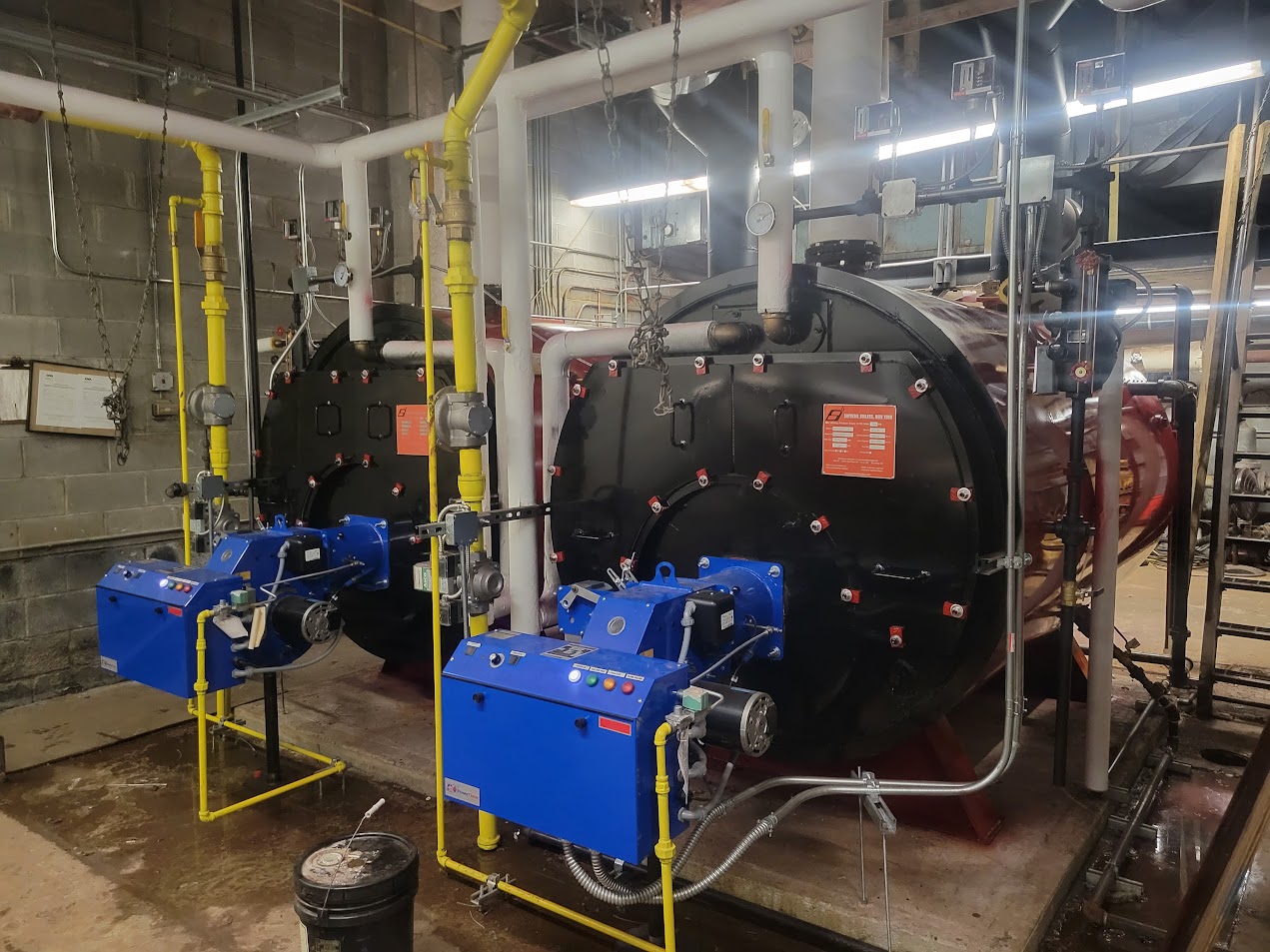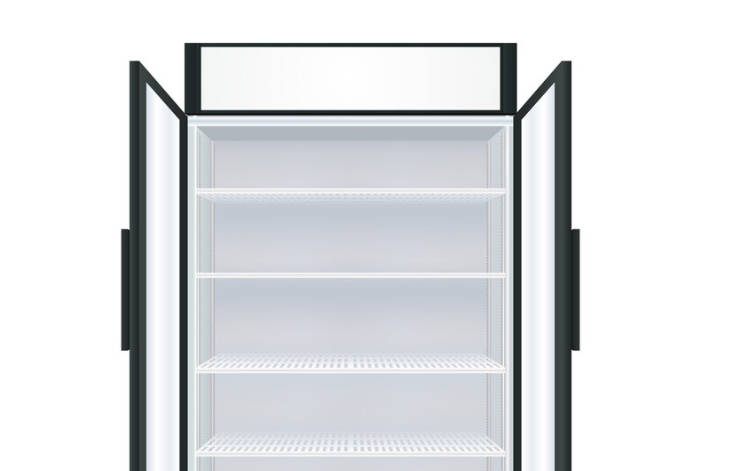Steam boilers are used within a very large range of industries, starting from production to power generation, based on their primary use, which is either heating or power generation/processing application. A high efficiency means low cost for operation, as well as for energy input and lower impacts on the environment. This makes steam boilers an important issue in applications. But what really is a steam boiler’s efficiency, and how can a company optimize it to lower cost and output? In this article, we are going to take you through the basic concept of steam boiler efficiency, different types of efficiencies, and how best one can enhance the performance.
What is Steam Boiler Efficiency?
The steam boiler’s efficiency is its ability to convert energy from fuel into usable steam energy with minimal losses. This usually comes out as a percentage indicating the amount of energy that is utilized in the generation of steam in comparison with the energy lost in the steam generation process. A highly efficient steam boiler can also help save fuel, minimize emissions, and improve overall system reliability.
There are many factors that affect the efficiency of the boiler, including fuel types, designs, maintenance, operation conditions, and more. It would be hard to select the right boiler system and hence its proper efficiency without an understanding of these factors.
Types of Steam Boiler Efficiency
There are two main categories of steam boiler efficiency. They include thermal efficiency and combustion efficiency. Each of the two measures different aspects of the performance of the boilers.
1. Thermal Efficiency
Thermal efficiency is the ratio of the heat transferred from the combustion process to the water in the boiler. This efficiency accounts for the heat lost in the system, which is lost through exhaust gases and radiation. Thermal efficiency is usually a measure of the total energy output by the boiler compared to the energy input, and it’s a good indicator for measuring the performance of the whole system.
A high percentage of thermal efficiency entails that most the fuel energy is converted to steam with little waste. In general, some factors such as quality of insulation, design of the heat exchanger and age and condition of the boiler will affect the thermal efficiency.
2. Combustion Efficiency
Combustion efficiency directly zeroes in on the combustion of fuels which is a process by how efficiently the fuel produces the combustion to produce heat, examines the fuel-to-air ration, ensuring adequate presence of oxygen for total complete burning; this reduces the residues such as unburnt fuels and waste gases.
If the process of combustion is inefficient, high consumption of fuel and lots of emissions result. An effective way of measuring combustion is using a flue gas analyzer that checks against carbon monoxide, oxygen, and unburned hydrocarbons in an exhaust. The higher it burns, the more completely will it burn its fuel supply and the less emissions involved.
Factors Affecting Steam Boiler Efficiency
Many of the efficiencies of steam boilers rely on a group of relevant factors. Businesses can make their commercial boiler operate more efficiently, save money on fuel, and decrease emissions if they understand and are able to control the factors.
1. Type and Quality of Fuels
The composition and quality of fuel also significantly impact the boiler efficiency. Fuel types include natural gas, oil, coal, and biomass. Each fuel features distinct combustion characteristics that differ according to efficiency, emissions, and operating cost. For example, natural gas can be combusted with high combustion efficiency and low emissions compared to coal, possibly requiring supplementary emissions controls to ensure compliance with regulations.
Another important aspect is the quality of the fuel used. Contaminated or inconsistent fuel quality causes partial combustion, higher maintenance requirements, and reduced efficiency.
2. Boiler Design
Boiler design largely determines the efficiency of a steam boiler. The design of fire tube boilers, water tube boilers, and electric boilers vary to fit specific applications. For example, compared with other boilers, a high-pressure water-tube boiler is usually more efficient for applications in industry. There is a great need to generate large quantities of steam that the boiler can easily produce to match this industrial demand. Low-pressure fire-tube boilers are mainly used because their designs are compact and user-friendly.
This also encompasses boiler design improvements, which include economizers and condensing technologies that capture waste heat and recycle it back into the system to enhance efficiency.
3. Insulation and Heat Loss
Another critical factor of low boiler efficiency is heat loss. Poor insulation leads to substantial losses through the boiler shell and piping, requiring more fuel for the same amount of steam output. Quality materials of insulation and inspection of insulation layers can help to prevent this loss.
In addition, heat exchangers, economizers, and air preheaters are frequently used to minimize heat losses and maximize thermal efficiency. These devices absorb waste heat from the exhaust and reuse it in the system, thus reducing fuel consumption.
4. Load Management
The boiler operates at different efficiencies with the load at which it is operating. Boilers are usually at their most efficient at a given level of load, and running low-load or over-capacity can lower efficiency. Changes in load, especially in industrial situations, are difficult to handle but are necessary to maintain efficiency.
Modular boiler systems will be installed to involve the different smaller boilers which may or not be turned on to different conditions required. That is, this will automatically improve the management of load efficiencies while ensuring efficient uses regardless of operational loads in position.
5. Maintenance and Cleaning
Regular maintenance will ensure the working of steam boilers in prime efficiency. Soot and scale and other kinds of accumulations on boiler tubes and surfaces retard heat transfer that requires more fuel for operation, which the boiler work more under these conditions. Frequent cleaning will prevent such accumulations on the boiler as well as its parts, working efficiently.
In routine maintenance, inspecting for leaks, greasing moving parts, and inspecting the condition of insulation are part of an efficient boiler operation. A boiler maintained well lasts longer and is a better long-term cost savior.
Enhancing the Efficiency of Steam Boiler Systems: Best Practices
There are some practical steps that lead toward improving the efficiency of your steam boiler system, which are listed below.
1. Optimize Fuel-to-Air Ratio
The right balance between fuel and air is critical for efficient combustion. The control of the fuel-to-air ratio ensures that complete combustion takes place with minimal or no unburned fuel, thereby minimizing waste gases. An oxygen trim system helps by automatically adjusting the amount of air drawn into the equipment based on real-time readings from the exhaust gases.
2. Economizers and Heat Recovery Systems
Economizers capture waste heat from the boiler’s exhaust and use it to preheat water that enters the boiler. It saves fuel because it takes less fuel to heat to the desired steam temperature. In the same way, heat recovery systems such as air preheaters could save fuel by heating the incoming air with exhaust gases.
3. Implement a Modular Boiler System
Modular boiler systems, in which many small boilers may be far more efficient than a single large boiler, are one of the more efficient applications in variable load demands. Modular boilers allow operators to only add or subtract as many boilers as would meet varying demands, thus minimizing fuel usage during less demanding times and maximizing efficiency.
4. Periodically Inspect and Clean the Components of the Boiler
Common problems with steam boilers include soot and scale accumulation. They may weaken efficiency significantly since they do hinder heat transfer. Avoidance of such accumulation happens when regular inspections and cleanups are conducted. Making a maintenance schedule, which ensures the boiler is inspected on time and cleaned at agreed periods, will ensure it achieves optimal performance, and fuel usage will be optimized hence lengthening its life and consuming minimal fuel.
5. Boiler Settings Monitoring and Setting Changes
It tracks some of the key indicators as exhaust temperature, stack temperature, and flue gas composition from which it is possible to find out how efficiently boilers are working. In cases like this, irregularities appearing in these metrics, setting changes in air-to-fuel ratio, and combustion rate can be done for performance-improving purposes. There are ways through automated monitoring systems real-time tracking of these metrics help the operators maintain the appropriate settings continuously.
Advantages of High Steam Boiler Efficiency
Improving efficiency in boilers is associated with several other benefits, including:
- Fuel savings: Lesser fuel means lower operational cost.
- Impact on the Environment: Efficient boiler means fewer emissions as it helps in meeting the requirement of environmental rules and regulations.
- More efficient equipment: Such boilers experience lesser wear and tear, reducing the demand for maintenance, and are more likely to be kept in operation longer.
- High-Performance Operation: This ensures that a highly efficient boiler can work steadily producing steam under varied loads, and keeping industrial processes operating reliably.
Maximum the Efficiency of Steam Boiler Efficiencies through Supreme Boilers FPS Series
To enhance top-notch steam boiler performance, Supreme Boilers manufactured its FPS Series. As such, with the advent of sophisticated heat recovery technology in addition to accurate controls on how to do it, one is guaranteed to get off these premises the most fuel efficiency from energy losses. That means this makes it an optimal fit for facilities looking towards having a cost-effective system and friendly environment. Each model of the FPS Series is designed with maximized heat transfer efficiency for smooth maintenance, hence contributes to the reduced consumption of fuel and pollution. Explore how an FPS Series of Supreme Boilers will drive your efficiency even further, with your steam system emerging from a powerhouse of reliability to one of savings.
Conclusion
This helps achieve high steam boiler efficiency in saving costs, conserving energy, and minimizing the detrimental environmental impact. Through their comprehension of factors affecting steam boiler efficiency, including types of fuel, design aspects of boilers, and practices relating to maintenance, businesses may take informed decisions toward optimization of performance. From determining an optimal fuel source for an economizer or more frequently cleaning parts, all this serves to ensure your boiler works with maximum efficiency.




